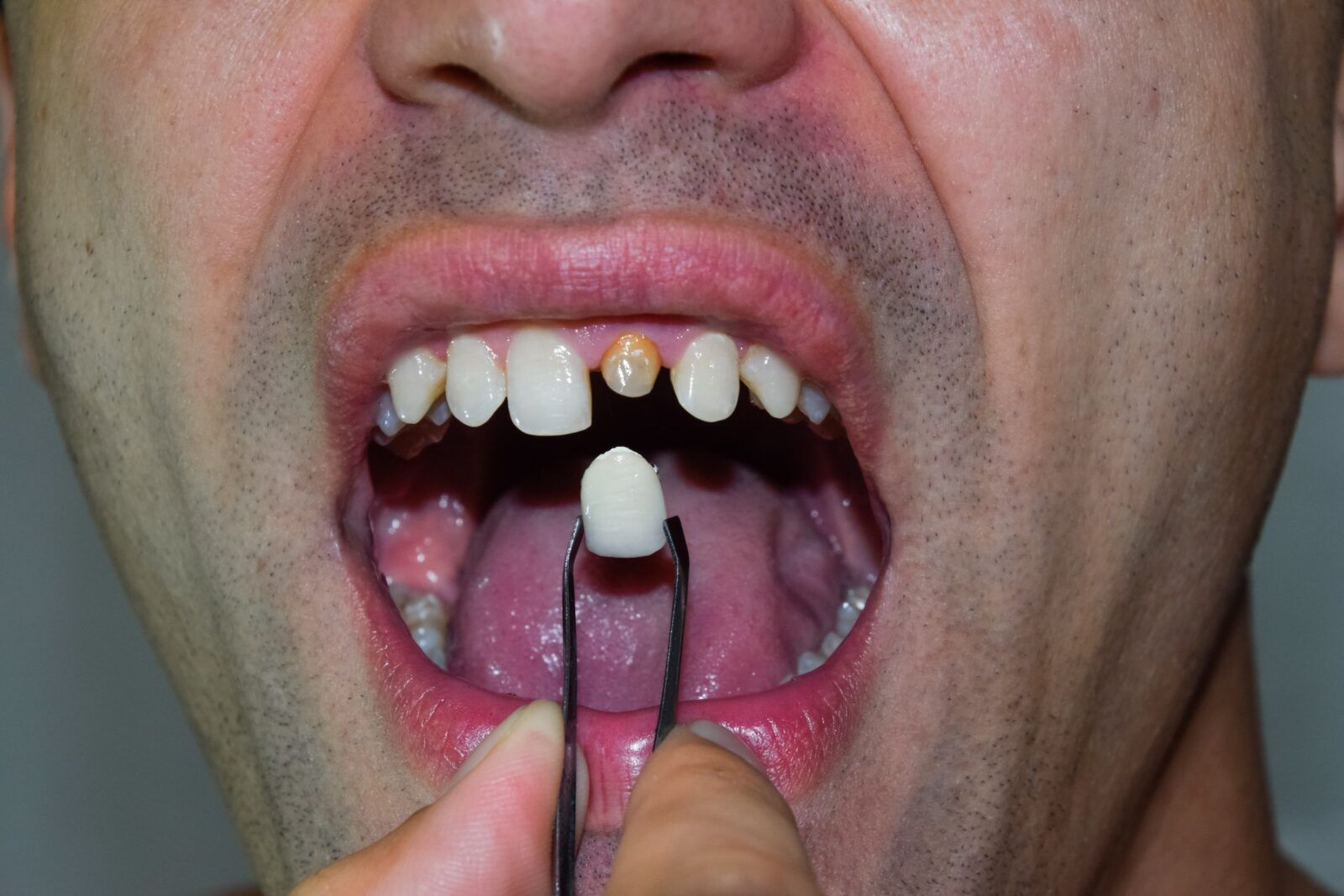Dealing with a broken tooth can be a distressing experience, not just because of the immediate pain and discomfort, but also due to the uncertainty about the right steps to take. Whether it’s a minor chip or a significant break, knowing how to manage the situation can greatly influence the outcome and your dental health. In this blog, we’ll cover the essential steps to take if you find yourself with a broken tooth, along with some tips to prevent further damage and ensure a smooth recovery.
What Causes a Broken Tooth?
A broken tooth can result from several factors, including:
- Accidental trauma (e.g., a fall, sports injury)
- Biting down on hard objects or foods
- Cavities that weaken the tooth
- Large, old amalgam fillings that don’t support the remaining enamel
Immediate Steps to Take
- Rinse Your Mouth with Warm Water: This helps clean the area and removes any debris from the mouth. If the break has been caused by trauma, apply a cold compress to the face to reduce swelling.
- Take Over-the-Counter Pain Relief: If you’re experiencing pain, over-the-counter pain relievers like acetaminophen can help. Avoid placing aspirin or any painkiller directly against the gums near the broken tooth, as this can burn the gum tissue.
- Cover Sharp Edges: If the broken tooth has sharp edges, cover it with a piece of wax paraffin or sugarless chewing gum to protect your tongue and cheeks.
- Eat Soft Foods and Avoid Using the Broken Tooth: Until you can see a dentist, stick to soft foods and try not to use the broken tooth when chewing.
- Contact Your Dentist Immediately: Most importantly, contact your dentist as soon as possible. Many dentists offer emergency appointments or will be able to advise you over the phone.
Treatment Options for a Broken Tooth
The treatment for a broken tooth depends on the severity of the break. Common treatments include:
Dental Filling or Bonding:
For minor cracks or chips, a dentist can use a filling. If the front tooth is broken, a dentist might repair the damage with a tooth-colored composite resin.
Dental Cap or Crown:
If a large piece of tooth breaks off or there is a lot of decay, the dentist might grind or file away part of the remaining tooth and cover it with a crown, designed to protect the tooth and improve its appearance.
Root Canal Therapy:
If the break is severe enough to expose the tooth’s nerve, you might need a root canal to remove the damaged nerve and a crown to protect the tooth.
Tooth Extraction:
In cases where the tooth cannot be saved, the dentist may recommend removing the broken tooth and replacing it with a dental implant, bridge, or another prosthetic.
Preventing Further Damage
- Wear a Mouthguard: If you play sports or grind your teeth at night, wearing a mouthguard can help protect your teeth from injury or further damage.
- Avoid Hard Foods: Be cautious with hard foods and candies to prevent accidental breaks.
- Maintain Good Oral Hygiene: Regular brushing, flossing, and dental check-ups can help prevent the decay that can weaken teeth.
- Use Tools, Not Teeth: Avoid using your teeth to cut tape, rip open packages, or perform other tasks better suited for scissors.
Conclusion
A broken tooth is a common dental emergency that requires prompt attention. By following the immediate steps outlined and seeking professional dental care, you can minimize pain and prevent further damage. Remember, the best treatment starts with prevention, so take steps to protect your teeth from injury and maintain good oral hygiene. If you do experience a broken tooth, know that there are effective treatment options available to restore your smile and dental health.

